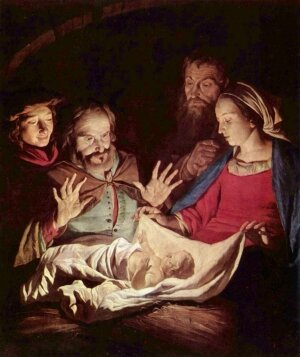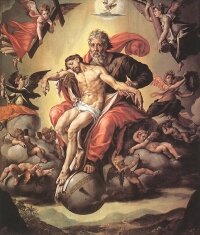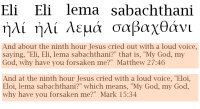 Babylonian captivity, or Babylonian exile, is the name generally given to the deportation and exile of the Jews of the ancient Kingdom of Judah to Babylon by Nebuchadnezzar II.
Babylonian captivity, or Babylonian exile, is the name generally given to the deportation and exile of the Jews of the ancient Kingdom of Judah to Babylon by Nebuchadnezzar II. Historical account
Three separate occasions are mentioned (Jeremiah 52:28-30). The first was in the time of Jehoiachin in 597 BCE, when the temple of Jerusalem was partially despoiled, and a number of the leading citizens were removed.After eleven years (in the reign of Zedekiah) a fresh rising of the Judaeans occurred; the city was razed to the ground, and a further deportation ensued.
Finally, five years later, Jeremiah records a third captivity. After the overthrow of Babylonia (see Babylon) by the Persians (see Persian Empire), Cyrus the Great gave the Jews permission to return to their native land (537 BCE), and more than forty thousand are said to have availed themselves of the privilege. (See Jehoiakim; Ezra; Nehemiah and Jews.) Previously, the northern tribes had been taken captive by Assyria and never returned; survivors of the Babylonian exile were all that remained of the Children of Israel. The Persians had a different political philosophy of managing conquered territories than the Babylonians or Assyrians. Under the Persians, local personages were put into power to govern the local populace.
More...






















